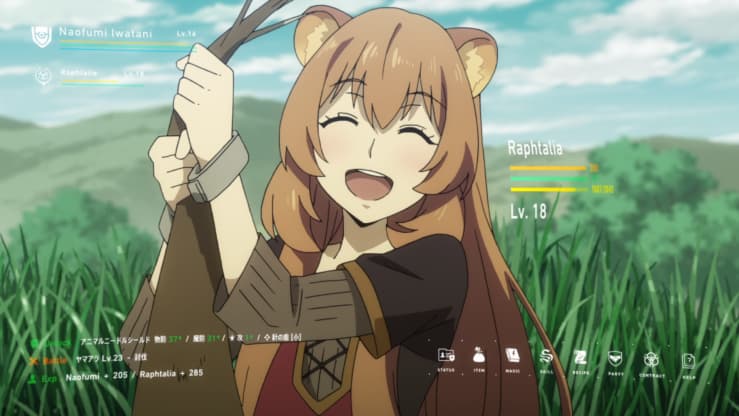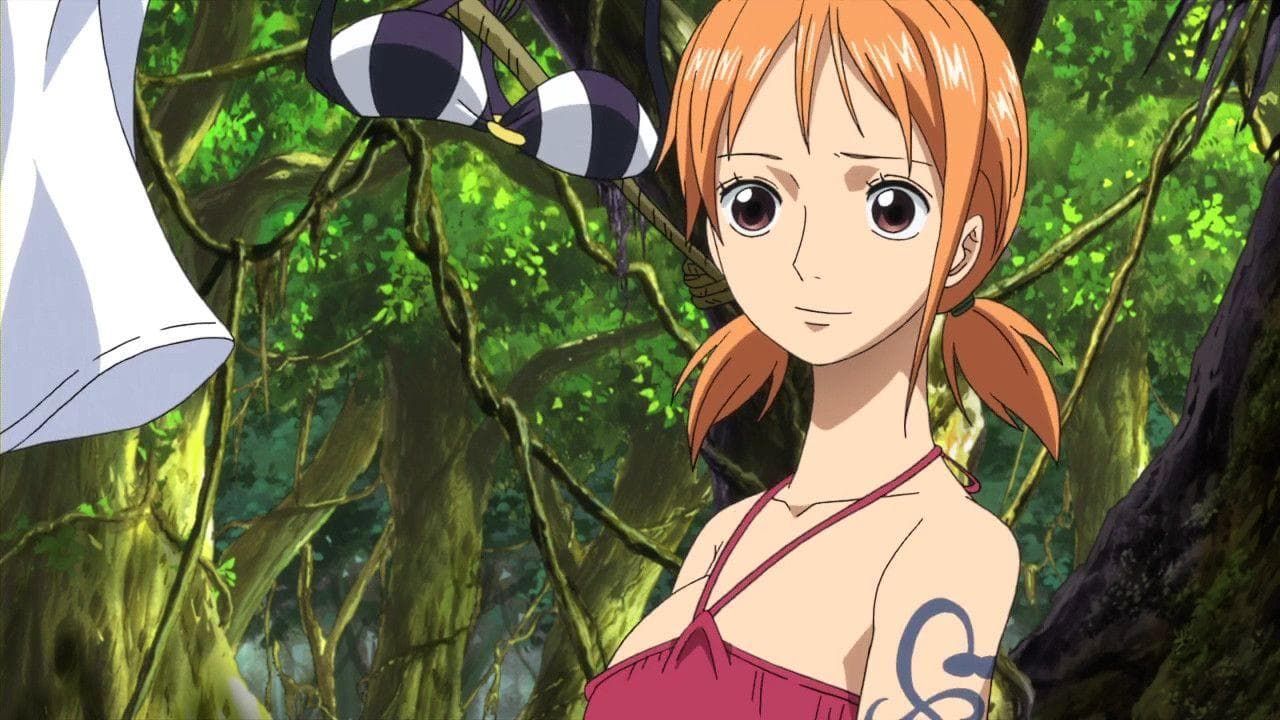-
(#7) 'Alien' Skulls - Sonoma, Mexico
These "alien skulls” were discovered in a Mexican graveyard in the state of Sonora. At the site, researchers found a total of 25 skulls, 13 of which possessed strange malformations. Though they look alien, they are in fact the result of skull binding, an ancient practice in cultures around the world. Several also had dental mutilation, filing their teeth. It seems that many or all of the children may have lost their lives due to failed attempts at cranial deformation.
The finding isn’t exactly new, but it is the first time the practice was discovered north of Central and South America. Often these unusual skull shapes were created by wrapping an infant's malleable skull between two boards. Over months or years, this would lead to a "cone-shaped" head. Archaeologists aren't sure exactly why this group practiced cranial deformation, though it's often considered a sign of elevated social status.
-

(#3) Two Ancient Greek Royal Tombs - Pylos, Southern Greece
MORE on #Pylos Tombs....
— Hellene Travel (@HelleneTravel) December 20, 2019
Ancient, Gold-Lined Tombs That May Hold Princesses
Inside the 3,500-year-old tombs, the archaeologists found intricately carved jewelry and human remainshttps://t.co/ogNuulYviB pic.twitter.com/lfrGWpIdm1American archeologists Jack L. Davis and Sharon R. Stocker from the University of Cincinnati uncovered two 3,500-year-old Greek royal tombs in the ancient city of Pylos. The tombs are between 28 and 39 feet in diameter and "built in a dome-shape structure known as a tholos."
The discovery allowed researchers to better understand Mediterranean trade during the Late Bronze Age because of the items found inside the tombs, including "gold-lined floors, a golden seal ring, and a gold pendant with the image of the ancient Egyptian goddess Hathor." According to NPR, the finding suggests Pylos traded with Egypt between 1650 and 1100 BCE.
-
(#11) Mutilated Remains Of People Thought To Be Vampires - Górzyca, Poland
Three 14th-century bodies excavated in Górzyca, Poland, showed clear signs of posthumous mutilation. Fear of vampires is the likeliest reason. The remains had been decapitated and punctured at the spine, with their heads wedged between heavy stones. Folklore of the times prescribed such measures to prevent the deceased from rising again.
It’s likely the people suffered from diseases in life that caused them to be singled out as supernatural or evil in some way. According to researchers, they suffered from kyphosis, an unnatural rounding of the back and a deformation some might have attributed to them being vampires. Others may have suffered from cholera.
-
(#2) Four Ancient Amazonian Female Skeletons - Ostrogozhsky District, Russia
Archaeologists have discovered the remains of four female skeletons in Russia that suggest Amazons were real-life warrior women instead of mythical characters. Members of the Russian Academy of Sciences Institute of Archaeology, while studying a burial mound in Russia's Ostrogozhsky District, found the remains of several generations of females from the 4th century BCE, according to a news release: one from a girl 12 to 13 years old, and the others from three women with estimated ages of 20 to 25, 30 to 35, and 40 to 50.
The eldest woman was found wearing a well-preserved gold-plated headpiece thought to have belonged to the "richest royal barrows of Scythia." Other objects and ornaments at the site included "iron arrowheads, an iron hook shaped in the form of a bird, horse harness elements, iron hooks for suspending the reins, iron knives, fragments of molded vessels, [and] numerous animal bones."
“For a while, people have assumed that myths about the Amazons that the Greeks told were just fantasy,” said Adrienne Mayor, author of The Amazons: Lives and Legends of Warrior Women Across the Ancient World (she was not involved in the research). "Now we have proof that those women did exist and that the lives of those women warriors really did influence the Ancient Greek ideas and visions of what they said about the Amazons."
-
(#10) The Curse of King Tut
- TV Episode
Many ancient Egyptian tombs contain inscriptions of curses for those who disturb the sacred resting place. One such inscription reads: "Cursed be those who disturb the rest of a Pharaoh. They that shall break the seal of this tomb shall meet death by a disease that no doctor can diagnose."
So, it’s no wonder that the many strange deaths following the excavation of King Tut’s tomb became attributed to the Curse of the Pharaohs. In 1923, archaeologists Howard Carter and George Herbert first opened the tomb of King Tut and supposedly unleashed a long-dormant curse. Herbert passed only six weeks later from an infected mosquito bite. Several other members of the expedition perished under strange circumstances or suffered other unhappy fates.
-

(#13) A Perfectly Preserved 2,600-Year-Old Brain - Near York, England
In 2008, archaeologists discovered the oldest known remains of a human brain near York, England. Amazingly, the brain was almost perfectly preserved despite being over 2,000 years old.
It’s thought the brain (which was found packed in mud inside a skull) belonged to a man from 26 to 45 years old who may have been killed by hanging or a sharp blow to the neck.
New Random Displays Display All By Ranking
About This Tool
Our data comes from Ranker, If you want to participate in the ranking of items displayed on this page, please click here.













